So in a function the adding a 6 to the set doesn't show but it does when not in a function?
No, that is not what happens.
What happens is that, when you execute mylist = mylist + [6], you are effectively creating an entirely new list and putting it in the local mylist variable. This mylist variable will vanish after the execution of the function and the newly created list will vanish as well.
OTOH when you execute mylist.append(6) you do not create a new list. You get the list already in the mylist variable and add a new element to this same list. The result is that the list (which is pointed by list2 too) will be altered itself. The mylist variable will vanish again, but in tis case you altered the original list.
Let us see if a more visual explanation can help you :)
What happens when you call proc()
When you write list1 = [1, 2, 3, 4, 5] you are creating a new list object (at the right side of the equals sign) and creating a new variable, list1, which will point to this object.

Then, when you call proc(), you create another new variable, mylist, and since you pass list1 as parameter, mylist will point to the same object:

However, the operation mylist + [6] creates a whole new list object whose contents are the contents of the object pointed by mylist plus the content of the following list object - that is, [6]. Since you attribute this new object to mylist, our scenario changes a bit and mylist does not point to the same object pointed by list1 anymore:

What I have not said is that mylist is a local variable: it will disappear after the end of the proc() function. So, when the proc() execution ended, the mylist is gone:

Since no other variable points to the object generated by mylist + [6], it will disappear, too (since the garbage collector* will collect it):

Note that, in the end, the object pointed by list1 is not changed.
What happens when you call proc2()
Everything changes when you call proc2(). At first, it is the same thing: you create a list...

...and pass it as a parameter to a function, which will generate a local variable:

However, instead of using the + concatenation operator, which generates a new list, you apply the append() method to the existing list. The append() method does not create a new object; instead, it _changes the existing one:

After the end of the function, the local variable will disappear, but the original object pointed by it and by list1 will be already altered:

Since it is still pointed by list1, the original list is not destroyed.
EDIT: if you want to take a look at all this stuff happening before your eyes just go to this radically amazing simulator:

* If you do not know what is garbage collector... well, you will discover soon after understanding your own question.







